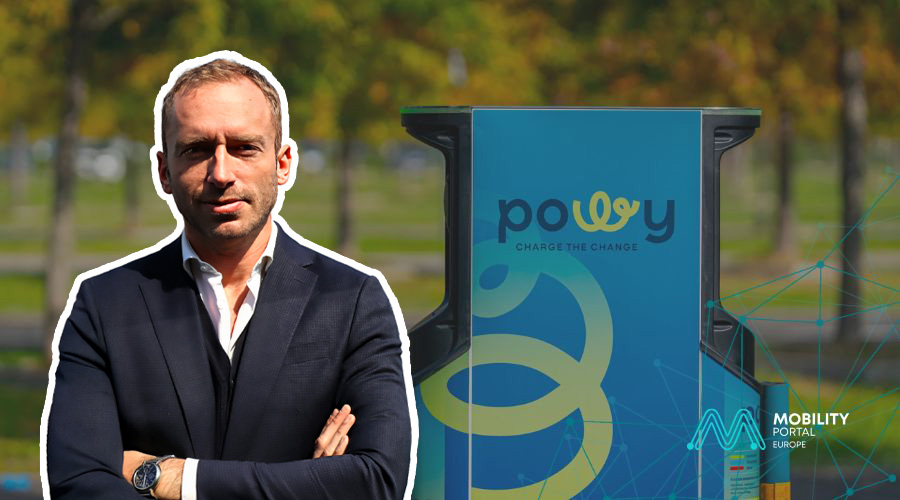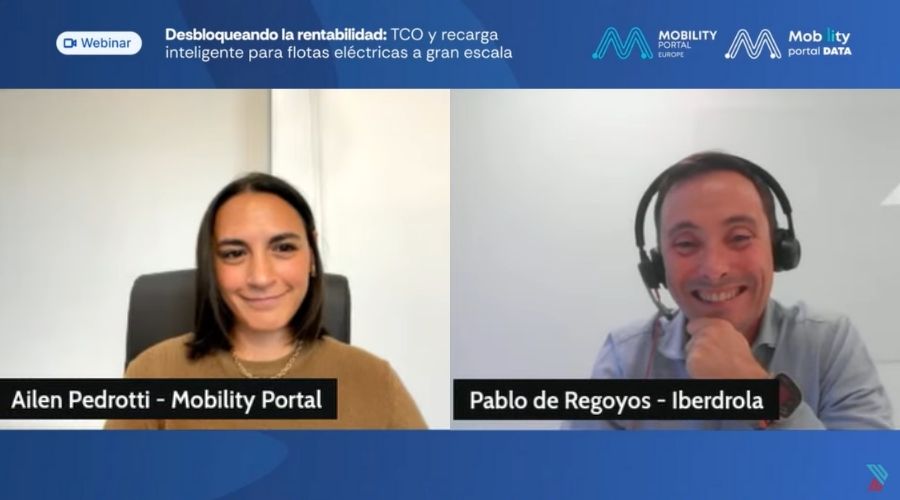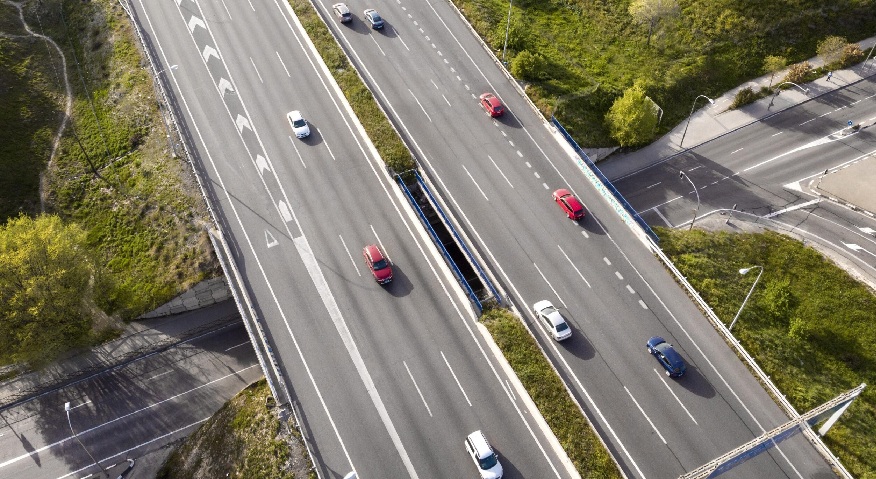Founded in 2018, Powy has consolidated its position as “the most extensive independent charging infrastructure network in Italy,” states Costantino Fassino, Executive Committee Member.
The network is expanding with a clear focus on service quality and the strategic placement of its stations.
“Now we have more than 2,100 charging points, most of them currently in Italy and Spain. We will close the year with 300 or 400 more,” comments Fassino during the Storage, Renewable and Electric Vehicles Integration Forum organised by Mobility Portal Europe.
Quality over Quantity?
Powy’s expansion does not follow a mass approach but is focused on quality and network optimisation.
Fassino explains, “We are not obsessed with a specific technology. We believe that each location requires its own solution, whether it is a high-power charger, a fast AC charger, or a medium-speed one.”
The firm ensures it selects the most suitable locations, which has enabled sustained growth in recent years.
“We need to place stations where we know the utilisation rate will be appropriate at the right time. To achieve this, we leverage partnerships with key partners who have helped us get here, such as FS Park at national railway stations, Conad at shopping centres, or Tigros,” he adds.
Although Powy is projecting the network to increase to approximately 2,500 charging points, the number of stations won’t be doubled in the short term.
“We are also ready to be flexible in planning. The only thing that must be stable is the focus on quality.”
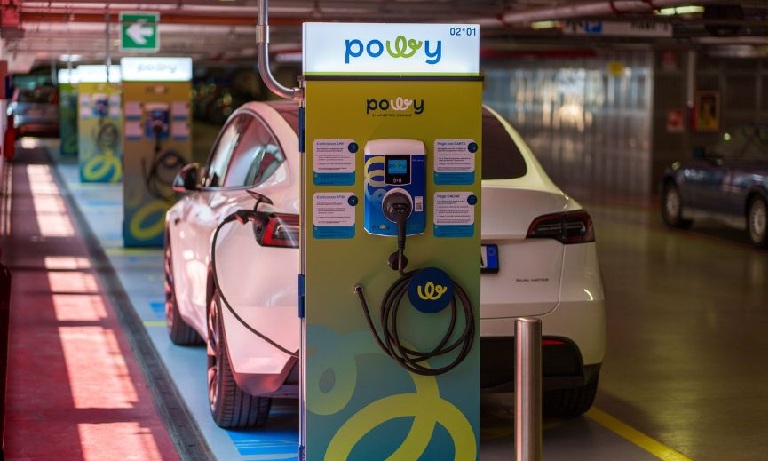
Powy’s Key: User-Centred Strategies
The company not only focuses on providing accessible charging stations but also places significant emphasis on enhancing the user experience.
Fassino stresses that “the payment method is crucial” for a smooth experience.
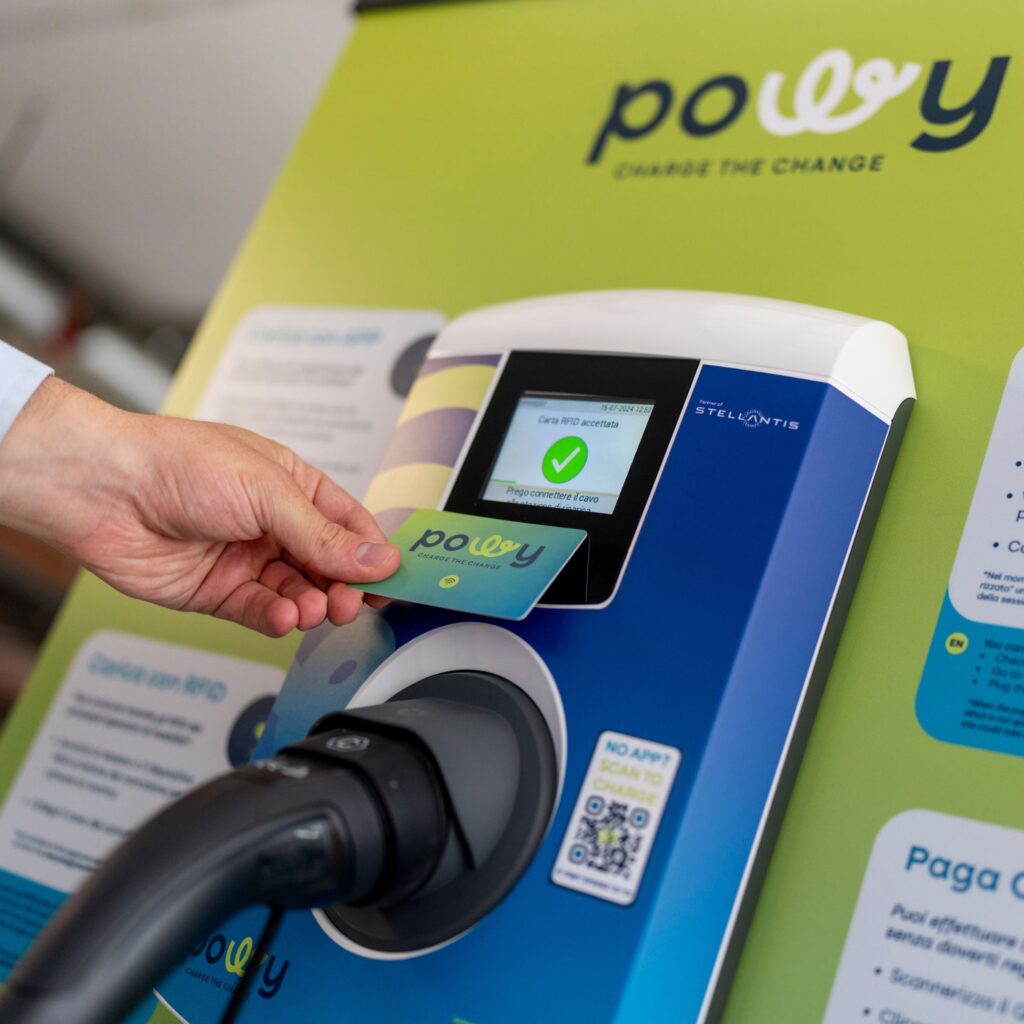
In fact, Powy was a pioneer in Italy by introducing payment via QR codes, a solution that has been particularly useful for European tourists who do not have local payment apps or systems installed on their phones.
In recent months, the firm launched its Powy Charge app, designed to simplify the charging process.
Thanks to an interactive map, it allows users to plan their route and offers a flexible payment system, removing extra barriers.
Powy is also working on implementing sensors at its stations to offer a more efficient service.
These sensors will alert users about charger availability and parking space occupancy, a recurring issue at many stations.
“Customers are becoming increasingly knowledgeable about charging, so our service must be optimised in terms of standards. This type of solution is the core of the quality I mentioned earlier,” concludes Fassino.
What Does the Future Hold for Charging Infrastructure in Europe?
Fassino addresses why hotels, shopping centres, and sports clubs are investing in charging infrastructure.
According to him, these businesses provide added value to their customers.
The key, according to Fassino, is to understand the specific needs of each user and adapt the charging offer based on their journey and time spent at each location.
For example, if someone is at the gym, they will stay there for a certain period of time; if they are staying at a hotel, they will spend the night; whereas at a petrol station, they are unlikely to have time to spare.
DISCOVER MOBILITY PORTAL DATA
Discover Mobility Portal Data, a new exclusive market intelligence platform offering reliable data and key reports to support smart decision-making across the automotive sector — covering both combustion and electric vehicles, as well as charging infrastructure.
Research, trend analysis, and neatly organised statistics presented with clarity and precision, alongside up-to-date insights — all just one click away.
With Mobility Portal Data, good decisions are on the horizon.
READ MORE
-
UK adopts US cable protection solution for EV chargers
Charger cable theft is affecting all UK CPOs, and every stolen cable comes with significant costs to replace and repair.
-
Iberdrola: “La clave no está solo en instalar cargadores, sino en mantener la operación viva las 24 horas”
Desde España, la compañía destaca que la rentabilidad del TCO eléctrico depende cada vez más de la gestión, el software y la colaboración público-privada. La nueva etapa de la electrificación se centra en flotas operativas —buses, camiones y última milla—, donde la disponibilidad y el soporte 24/7 resultan determinantes.
-
ANFAC pide un enfoque “realista y pragmático” para la política de reducción de emisiones 2035
Según ANFAC, dado que la cuota de mercado actual de los BEV es inferior al 16% en la UE para turismos y menor del 9% para vehículos comerciales ligeros, los objetivos de reducción de CO₂ “no resultan alcanzables”.





